I ran across another cautionary tale highlighting the world of paid stock newsletters, where people pay hundreds of dollars for “exclusive” stock picks.
In this one, former professional baseball player Lenny Dykstra somehow become a highly-touted investment columnist in 2005 for TheStreet.com. Here’s a video of Jim Cramer heaping praise upon Dykstra, calling him “one of the great ones” and one of the 5 people in the world he’d take stock advice from.
Dykstra specialized in deep-in-the-money calls, and promised a 95% success rate. He sold over a million dollars in newsletter subscription fees at TheStreet.com. Then things started falling apart.
Sharp bloggers exposed this scam: he counted his winners, but endlessly rolled over his losers, so that he could keep claiming no losses. He didn’t even make the picks himself; they were supplied by another stock analyst. His actual return on money was probably negative. Dykstra was fired in April 2009 and is now in bankruptcy.
The most recent allegation is that Dykstra secretly took $250,000 in exchange for recommending a little-known stock to his newsletter subscribers and “access” to Jim Cramer, according to sources within the company.
As you can see, stock newsletters can be very murky. How can you verify their advertised performance is true? Are they being paid to tout the stocks you’re reading about? Mutual funds are highly regulated. Stock newsletters are not.
Most stock newsletters are more about marketing than actual results. For example, did Cramer really think Dykstra was a genius? Or did he simply see the opportunity to leverage an athlete’s well-known name to create a lot of easy buzz and thus money?
 While flipping through old magazines at the Doc’s office, I read about a site called Blippy.com in a
While flipping through old magazines at the Doc’s office, I read about a site called Blippy.com in a  Perkstreet Financial is relatively new, but they’ve already tried a bunch of different ways to make their online checking account attractive, from sign-up bonuses to coffee awards. However, I think they’ve stumbled onto something with their new cashback debit card rewards structure that beats out any other online bank currently:
Perkstreet Financial is relatively new, but they’ve already tried a bunch of different ways to make their online checking account attractive, from sign-up bonuses to coffee awards. However, I think they’ve stumbled onto something with their new cashback debit card rewards structure that beats out any other online bank currently:
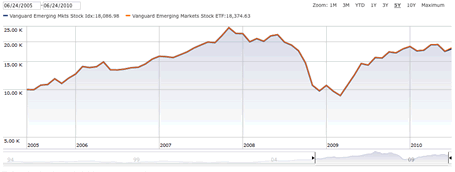
 If you are invested in Vanguard mutual funds, you might have been confused by their recent announcement of
If you are invested in Vanguard mutual funds, you might have been confused by their recent announcement of 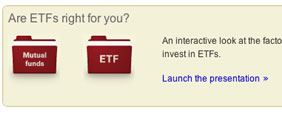
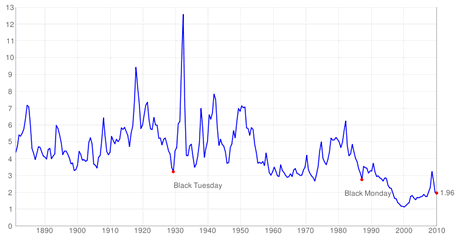
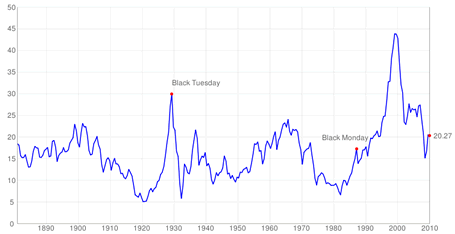
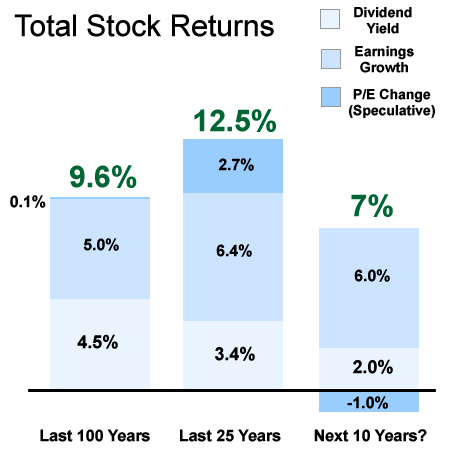

 I need to rent a car in Los Angeles next month, so I went onto Kayak.com and ran a quick search. The cheapest option at LAX was through a place called Deluxe Rent-a-car, at only about $20 a day including all taxes. It seemed so cheap, I instinctively ran a quick Google search for
I need to rent a car in Los Angeles next month, so I went onto Kayak.com and ran a quick search. The cheapest option at LAX was through a place called Deluxe Rent-a-car, at only about $20 a day including all taxes. It seemed so cheap, I instinctively ran a quick Google search for 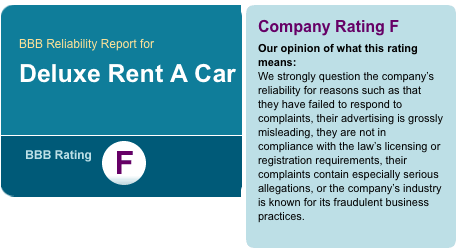
 The Best Credit Card Bonus Offers – March 2024
The Best Credit Card Bonus Offers – March 2024 Big List of Free Stocks from Brokerage Apps
Big List of Free Stocks from Brokerage Apps Best Interest Rates on Cash - March 2024
Best Interest Rates on Cash - March 2024 Free Credit Scores x 3 + Free Credit Monitoring
Free Credit Scores x 3 + Free Credit Monitoring Best No Fee 0% APR Balance Transfer Offers
Best No Fee 0% APR Balance Transfer Offers Little-Known Cellular Data Plans That Can Save Big Money
Little-Known Cellular Data Plans That Can Save Big Money How To Haggle Your Cable or Direct TV Bill
How To Haggle Your Cable or Direct TV Bill Big List of Free Consumer Data Reports (Credit, Rent, Work)
Big List of Free Consumer Data Reports (Credit, Rent, Work)